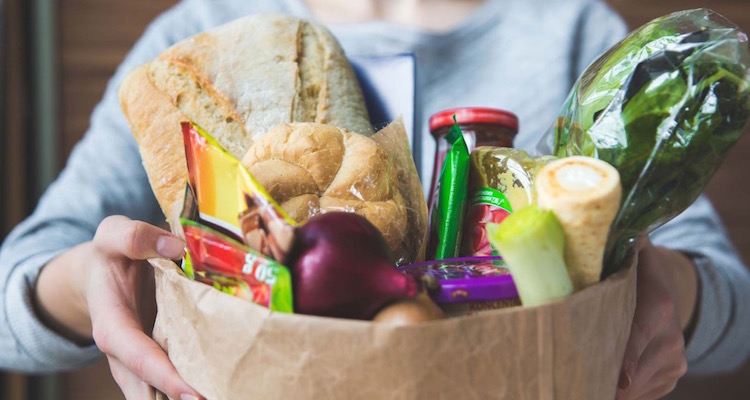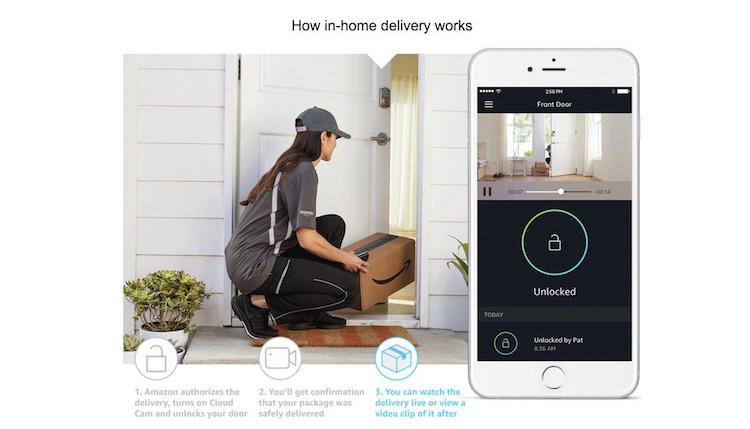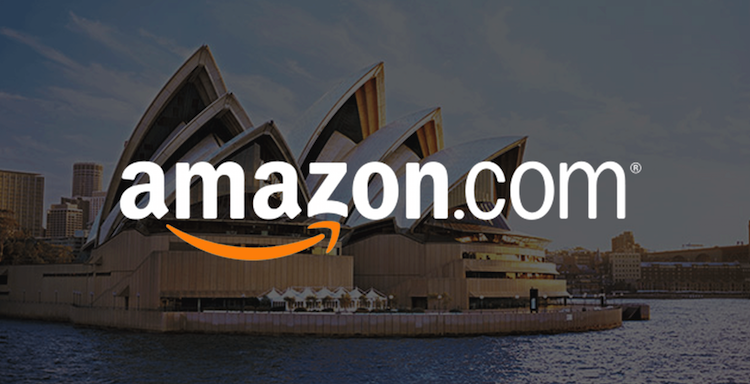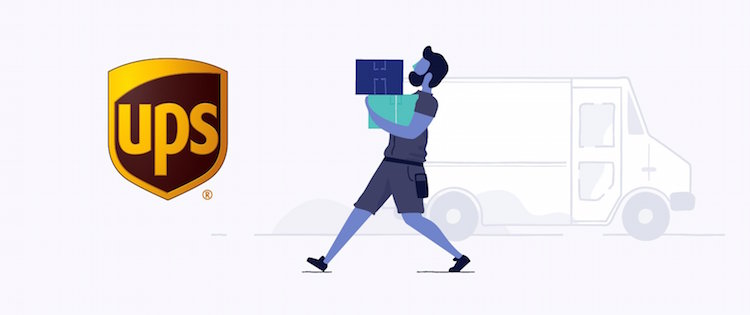The dust from Black Friday has just settled, and eStore owners are either counting the spoils if they prepared well or licking their wounds if they were not. Regardless of the outcome, we survived yet another record-setting BFCM week with consumers continuing to shift heavily to mobile on the busiest weekend of the year.
Ideally, you have sold more than last year, delighted all your customers, and collected a treasure trove of data that will give you insights into your business and an edge on your competitors for the year to come.
And with the projected 45% growth in hours spent on shopping apps, it looks like 2018 will be the year of mobile. This fact has invited eCommerce leaders to unanimously agree that the mobile customer experience is the top thing to focus on next year.
Learn what else is new in eCommerce in this month’s Roundup #16:
Black Friday Recap
Retailers competed to attract shoppers to both their stores and websites over the BFCM weekend. Bargain hunters occupied the big sellers and shopping malls while servers were busy processing a record number of online orders.
On November 24, consumers spent 7.9 billion, an 18% boost from last year, and Cyber Monday was the largest online shopping day in US history with a take of about $6.6 billion. Amazon, Walmart and Best Buy were the top three visited sites.
This was also the busiest year ever for mobile devices with more orders from smartphones placed than ever before.
The mobile user experience has come a long way, and as it gets smoother, consumers are getting more comfortable with shopping on the small screen. 64% of shopping visits over BFCM weekend were on mobile devices.
Other promising news: data from Small Business Saturday shows that smaller eStores have designed better mobile shopping journeys. For BFCM, smaller retailers (those with under $10 million in sales) converted twice as much on mobile than larger retailers that take in $100 million or more in revenue.
While in-store customers were mostly looking for big-ticket items and were willing to camp hours in front of stores for a chance to get them, Cyber Monday caters to a much wider audience and historically sees higher total sales for retail companies.
However, BFCM is dwarfed by Singles Day in the second largest economy in the world – China.
Source: SupplyChain247
Battle of the Giants in China
Black Friday may have broke records in the US, but Singles Day broke records in the world.
November 11 is the Chinese version of Black Friday, and consumers are visibly becoming more active in the sales event. The proof is in the numbers, as Alibaba, China’s largest eCommerce firm, topped its previous record and sold over $25 billion in a single day. That is 39% increase from last year’s $17.79 billion. Alibaba is experiencing a steady rise overall: revenue grew 61% last quarter beating its conservative projections.
To compare that to last year’s Black Friday/Cyber Monday in the US, retailers pocketed just $12.8 billion between Thanksgiving and Cyber Monday.
But Alibaba is not alone, China’s second largest eCommerce operator, JD.com, also made some waves. This retail giant has revealed its Singles Day numbers for the first time and announced that it has processed over $19 billion in sales over the Singles Day Period (which actually lasts from November 1 to November 12). JD is known to embrace automation technology, like teams of warehouse robots, faster than its competitors, and this automation has fueled its growth.
Next, we are going back to the US for another rivalry, this time on the same-day grocery delivery front.
Source: TechCrunch
Same-Day Grocery Delivery on the Rise
The battle of the giants in the US between Amazon and Walmart is leading to the further optimization of ferrying every-day products to your doorstep and bettering the consumer experience. Although Amazon leads, Walmart is not dropping the ball. It’s working on perfecting same-day grocery delivery with its partner, Deliv, in San Jose, CA.
Soon, shoppers will be able to place an order online and schedule a delivery between 8 am and 8 pm any day of the week.The key here is that Deliv drivers will actually enter the shoppers home and put the groceries away for them.
Walmart has also acquired delivery firm Parcel in preparation to start a same-day delivery service in New York City. Consumers are busier than ever and are always looking for ways to save time and energy, so the moves to automate grocery delivery and improve same-day deliveries makes perfect sense. In fact, they are just the beginning.
Amazon is responding to these powerful moves with the release of Amazon Key, enabling delivery drivers (or friends and family) to also enter your home and leave your deliveries inside.
Source: Android Central
Amazon Key is Here
Amazon Key will allow Prime members to be able to receive in-house deliveries using smart locks to let drivers open their front door. The service will launch on November 8 in 37 cities in the US, and it will be free for Prime members.
While the service itself may be free, Prime members still need to order an Amazon Key kit, which includes a cloud cam and a choice of a smart lock. The In-Home Kit starts at $249.99.
When a driver requests access, the camera verifies that they are at the right address, starts recording, and unlocks the door. You get a live notification and can watch the delivery on your phone or check the video later.
Amazon is also planning to use the smart locks to allow other service providers like pet sitters and housekeepers to access homes.
The online retailer is also ready to roll out full services across the Pacific – in Australia.
Source: Cloudfront
Amazon is Taking Over Australia
Australian retailers need to brace themselves for the arrival of Amazon’s well-oiled retail machine.
While there is no fixed launch date, it seems Amazon will begin shipping in Australia this holiday season. Some businesses have joined the giant’s eCommerce services and plan to benefit from its efficiency and expertise. According to Amazon, small and medium-sized retailers that will be using the firm’s ecosystem at the kick-off number in the thousands.
Amazon will offer many of its flagship services in this new location, including a marketplace backed by its powerful logistics and fulfillment. Australian retailers will now have to stay on their toes – automate, and optimize or perish – as they fight flagging sales and huge overhead costs. So if you can’t beat them, joining them could be a good idea.
Going back to the western hemisphere, there’s a different kind of giant that always improves the experience for its customers: Shopify.
Source: Shopify
Shopify Offers Built-in UPS Shipping
Shopify is working hard to make it even easier than ever for people to sell online. In a recent move, they have coined special lower rates with UPS that were previously available to only bulk shippers. And to make your life even easier, UPS is now integrated with the platform so you can seamlessly employ shipping, billing, and tracking.
So, if you are using the Shopify platform, you can get the bulk UPS discount without having to ship in bulk! And even better, the integration is perfectly timed so you can take advantage of it for the holiday season. A UPS dashboard on Shopify is another step towards hassle-free eCommerce and will certainly encourage store owners to take advantage of the carrier.
Quick News
Customer chat: Facebook Messenger is being tested for business, and it will soon allow customers to get in touch with eStores for quick inquiries.
Taking the skies: The Indian government is developing technology and fast-tracking the use of drones for eCommerce delivery.
Influencing: Amazon expands its Influencer Program to Twitter and Instagram, allowing people with huge followings to leverage them by affiliate promotion of products.
Going back to cash: Amazon Cash is now available in 8,000 7-Eleven stores. You can use it to add cash your Amazon account and make purchases online.
Augmented Reality (AR): Early in November, Amazon introduced an AR feature to its app letting shoppers augment thousand of products over their intended environment.













